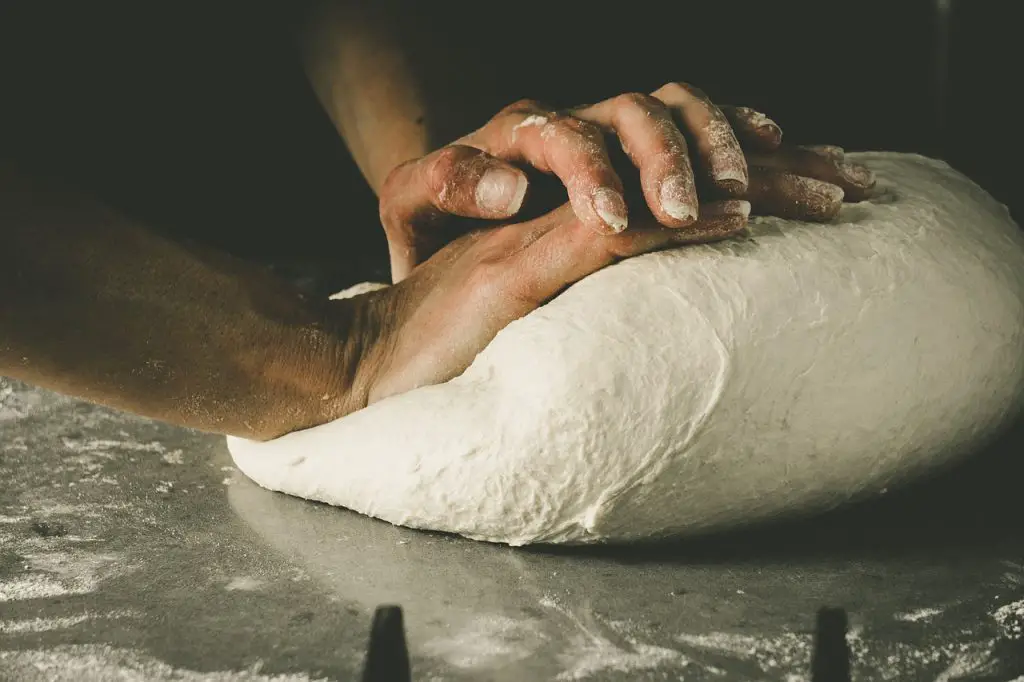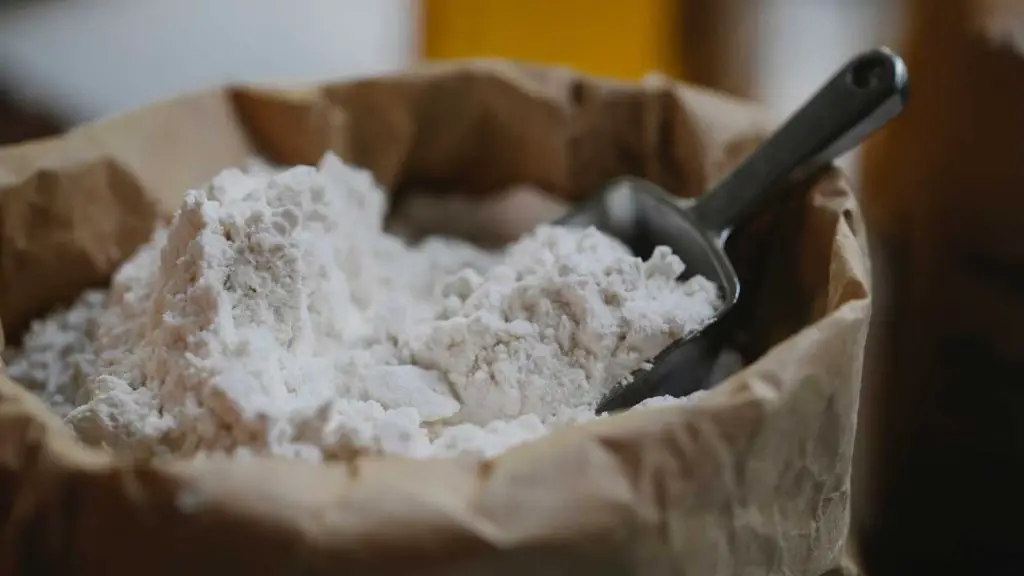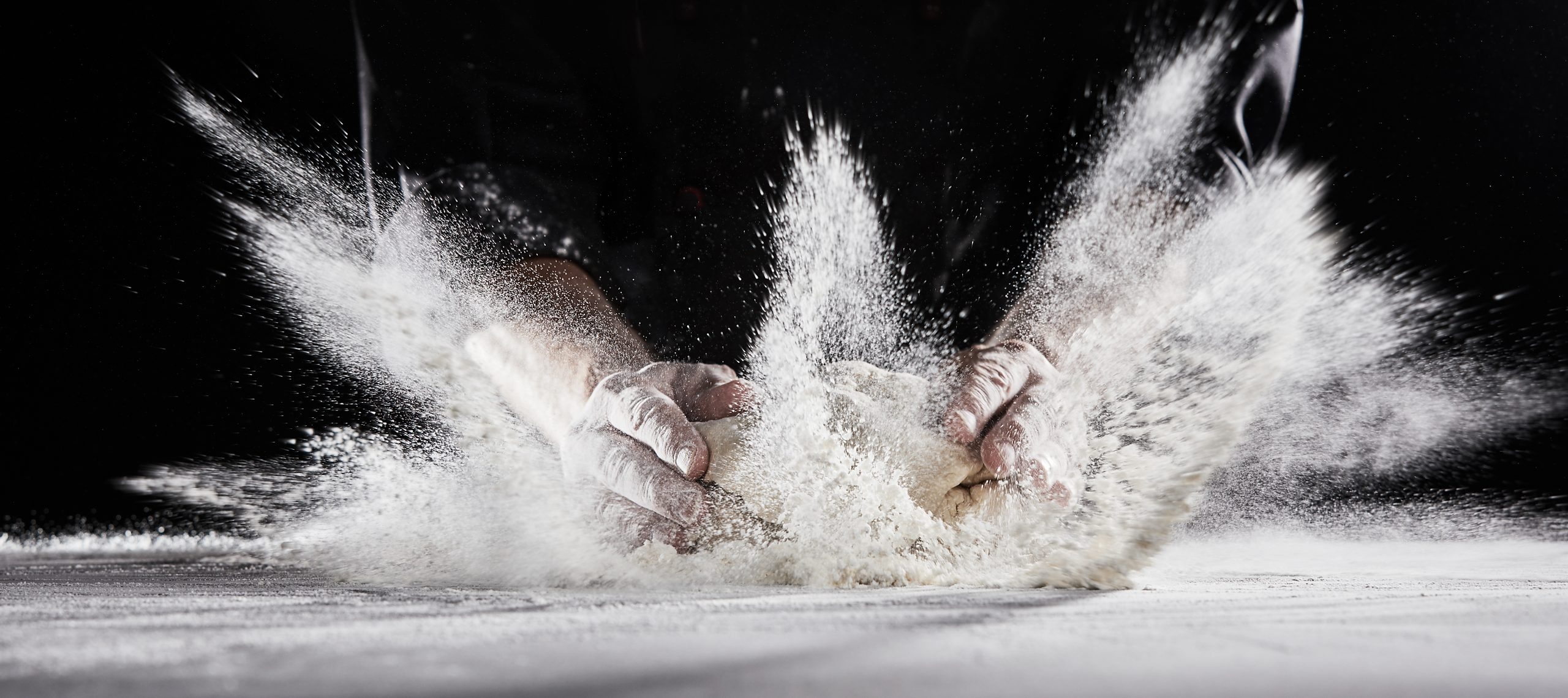How to choose the best flour for pizza
If you’ve ever ordered takeout, you know that pizza can come in all kinds of shapes and sizes. But there’s one thing every pizza has in common: the crust. Even if there are other toppings involved, it all starts with the dough.
There are two main types of pizza crust: thin and thick. But what makes them different is not the amount of dough used or how it’s rolled out. It’s the type of flour that’s used to make them.

Understanding Gluten Content
To make perfect pizza dough, you should start by understanding the role of gluten in dough development.
Gluten is a protein found in wheat, rye, barley and triticale. It’s the main ingredient that gives pizza crust its chewiness and texture.
The protein content of flour determines the amount of gluten formed in the dough. As a result, gluten content dictates the texture of the crust. Gluten is formed when starch molecules bond together in contact with water and create an elastic system. The more protein in the flour, the more gluten is formed and thus, the robust texture of the pizza crust is created. The more gluten there is, the chewier the texture of the crust.
For example, fine and soft flours such as pastry flour have low gluten content (8-10%). Therefore, low protein flour is great for creating light, fine textured products such as muffins and cakes.
On the opposite side of the scale, bread flour has the highest protein content (12-14%) and creates a very elastic matrix of gluten. Bread flour is great for pizza and bread with larger bubbles and an airy texture.
Finally, all-purpose flour is somewhere in the middle of pastry flour and bread flour, with a protein content of 10 to 12%.

What types of flour can be used for pizza dough?
Strong White Flour or Bread Flour
Strong white flour also known as bread flour is a great choice if you’re making pizza at home.
It has a high gluten content, which gives the dough strength and elasticity. This makes it easier to handle and helps with rising in the oven.
The high protein content means it can be mixed into doughs with less water than other flours, which helps develop strong flavours in your pizza crust. It will also give a crispier base than other types of flour.
The higher protein content also means it takes longer to prove, so make sure you give your dough plenty of time to rise before baking.
Best for homemade pizza, it works great for thin-crust pizzas to create a crispy crust on the outside and a chewy texture on the inside.
Plain Flour/ All-Purpose Flour
Plain flour is best suited to baking pastries and cakes. If you’re looking for a pizza base, plain flour has a low protein content of around 9.5%, so it will produce a soft crust that’s not chewy.
This means that you can’t prove your dough for more than a few hours, which limits the complexity of flavours in your pizza and leaves it with an adequate but basic taste.
Best for New York style crusts and deep-dish pizza crusts.
Wholemeal Flour
Wholemeal pizza dough is a healthier alternative to regular pizza dough because it’s made with wholemeal flour. Wholemeal flour has more fibre and protein than strong white flour, so it’s less processed and retains more nutrients.
If you’re determined to make your pizza healthier, high-fibre wholemeal flour can be used to make pizza dough. It has a similar protein content to strong white flour at around 12%, so a proving time of around 24 hours at room temperature is recommended.
However, it’s best to bake with a blend of wholemeal flour and strong white flour rather than 100% wholemeal.
Wholemeal flour is much more dense and heavy, so using it exclusively will result in a flat and dense crust.
Replacing between 25% and 40% of the strong white flour in your usual pizza dough recipe with wholemeal flour should give you a rich, wholewheat flavour that doesn’t lose too much of the desirable texture strong white flour gives you.
Best for a healthier option when making your pizza dough.
00 Flour
00 flour is also known as double zero flour or pasta flour. It’s milled from Durum wheat, which has a high protein content and makes the dough more elastic. This makes it easier to work with when making pizza dough or focaccia.
Depending on where your percentage falls, a proving time of one to three days is recommended. Dough made from 00 flour is best cooked with fire rather than electricity, so you probably won’t get the best out of 00 flour in a conventional kitchen oven.
00 flour is also trickier to find than most other flours, as it’s more likely to be sold in specialist Italian food shops rather than on supermarket shelves, and it’s usually more expensive.
Best for Neapolitan-style pizza, creating a thin crust with moderate elasticity and the traditional puffs around the rim that get charred in spots in the oven.
Semolina Flour
Semolina flour is a high-protein flour made from durum wheat. It is an important ingredient in making pasta and bread, as well as for thickening sauces.
Semolina is usually used in bread recipes where it gives the bread a sweet flavour and an appealing yellow buttery colour. Semolina can also be used to make pizza dough, but it can be difficult to find at your local grocery store.
Pizza dough made with semolina flour will have a slightly different texture than regular pizza dough. The semolina will give the crust a more cake-like consistency and enhance a rich and sweet flavour.
Best for thick crust pizza dough

Gluten-Free Pizza
When it comes to gluten-free pizza dough, almond flour is our go-to. It’s great for first-time bakers and cooks because it’s fairly easy to work with, it’s low-carb, and it’s a reliable choice when baking keto recipes.
Almond flour has a higher fat content than other flours, which means that you may need to adjust the ratio of your ingredients if you’re following a traditional wheat flour recipe.
There are various pizza dough ingredient substitutes you can use to make up for the lack of gluten in the flour, like adding a bit of whey protein to ensure that your pizza dough retains its structure and does not break or crack when being stretched. Combining the almond flour with a lighter flour like buckwheat flour will also help add flavour and structure of the dough to make a nice gluten-free pizza crust.
Interested in more pizza-related topics?
Why not visit our full pizza category or click on the latest pizza articles below?




